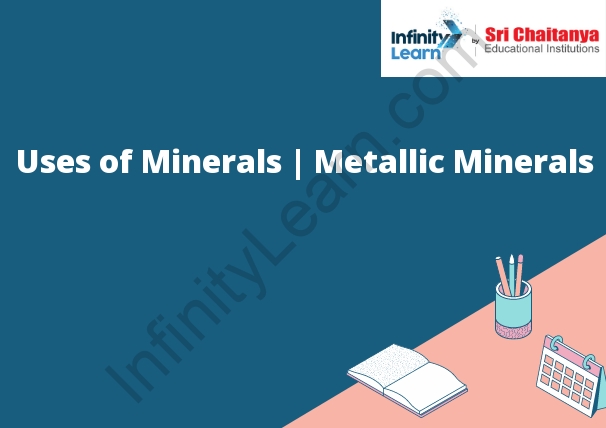Table of Contents
Uses of Minerals
Minerals are essential for human health, and are used in many different ways. Some minerals are used to make dietary supplements, while others are used in traditional medicine. Some minerals are used in manufacturing, and still others are used in construction.
Minerals are used in a variety of ways in our everyday lives. They are used to make a wide range of products from construction materials to electronics and cosmetics. Minerals are also essential for health, providing essential nutrients for the body such as iron and calcium. Minerals are also used for industrial purposes, including manufacturing, energy production, and transportation. Finally, minerals are used for recreational purposes, such as jewelry, art, and coins.
What Are Metallic Minerals?
People use metallic minerals, which are composed of metal and other elements found in the Earth’s crust, to make items such as jewelry, coins, and tools.
Metallic minerals are minerals that contain metal elements or compounds. These elements and compounds can be extracted from the Earth and used for a variety of purposes. Some examples of metallic minerals include iron, copper, gold, silver, zinc, and lead. Metallic minerals are a valuable natural resource that can be mined and used in many industries, such as manufacturing and construction.

Uses of Metallic Minerals
Metallic minerals used in a variety of ways. They used to make metals, alloys, and other products. They also used in construction, manufacturing, and other industries. Some of the most common uses of metallic minerals include:
- Making metals: Metallic minerals used to make metals. This includes making alloys, which are mixtures of two or more metals. Alloys often used because they have different properties than the individual metals. For example, brass is a mixture of copper and zinc. It is stronger and more durable than copper, but also more expensive.
- Making products: Metallic minerals also used to make products. This includes products that used in everyday life, such as cars, appliances, and tools. It also includes products that used in construction, such as nails, screws, and bolts.
- Providing energy: Metallic minerals also used to produce energy. This includes using them to produce electricity and to create fuels.
What Are Non-Metallic Minerals?
Non-metallic minerals are minerals that do not have a metallic luster. They are generally dull in appearance and often found in earthy colors. Non-metallic minerals include quartz, calcite, and feldspar.
Types of Metallic Minerals
There are many types of metallic minerals, but some of the most common include iron, gold, copper, and lead. These minerals have a metallic luster and are typically dense and heavy.
What Are The Uses of Non-Metallic Minerals?
Non-metallic minerals used in a variety of industries, including construction, agriculture, and manufacturing. Some common uses of non-metallic minerals include:
- Rock wool insulation in construction
- Fertilizer in agriculture
- Cement in manufacturing
Uses of Minerals In The Body:
- Minerals used to make bones and teeth.
- Used to regulate body processes.
- Minerals used to make hormones.
Economic Uses of Minerals and Mining
Minerals used in a variety of ways in everyday life. The most common use of minerals is in the production of metal. Metal used to make coins, tools, machines, and other objects that are necessary for everyday life. Minerals also used to make products such as glass, plastic, and rubber. These products used to make things such as windows, toys, and tires. Minerals also used to make products such as soap and detergent. These products used to clean things.









